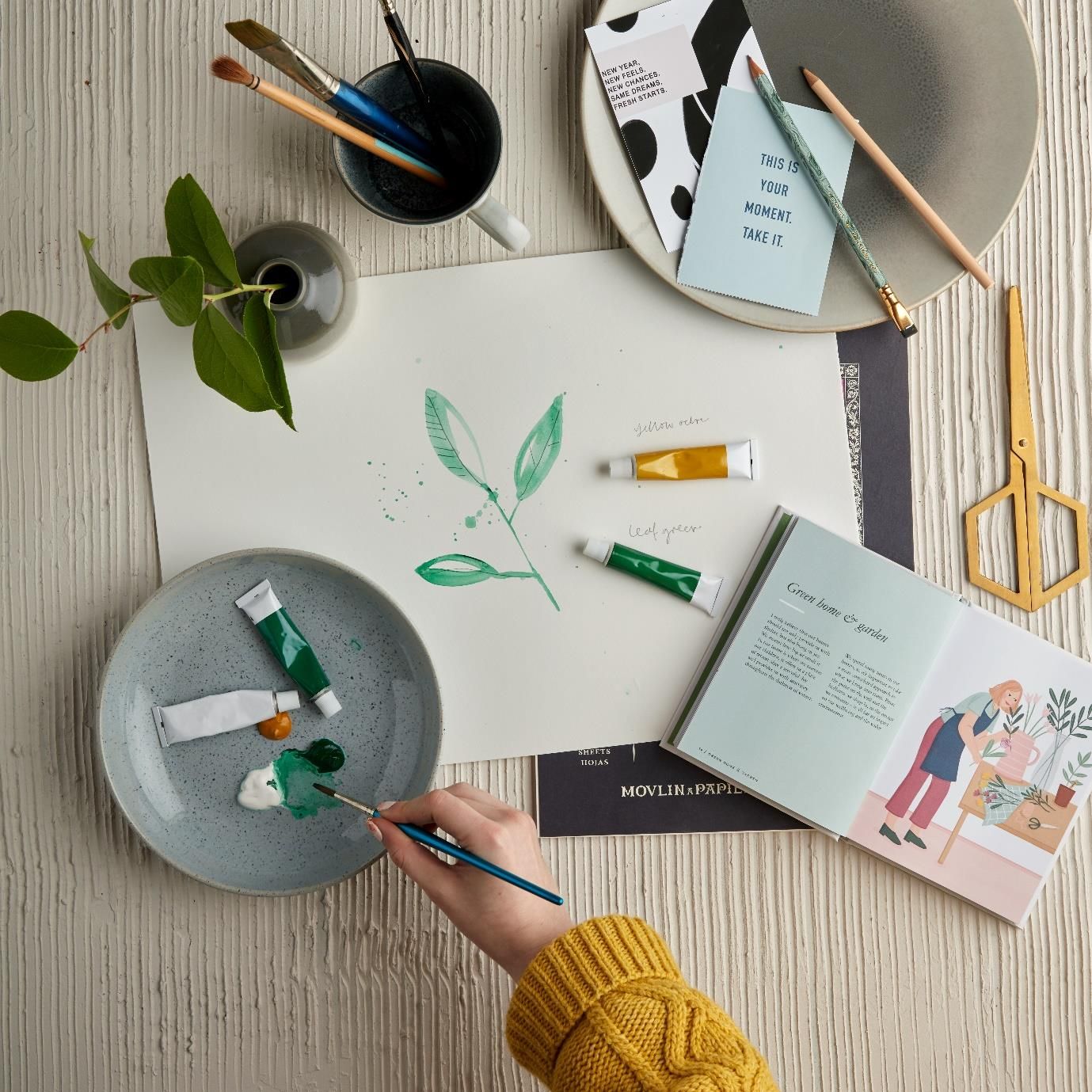Getting the balance right between new décor and upcycled pieces can be tricky. In this article, Hayley Baddiley from Denby shares her tips for mixing the two styles
Upcycled furniture and home décor has been increasing in popularity over the past decade or so, but now it’s more popular than ever. Whether you’re combatting boredom and looking for a new project, or you’re trying to be more eco-conscious and throw less away, you’ve no doubt been eyeing up your old furniture and making plans.
But how do you make sure your upcycled pieces fit seamlessly into your interior design? And, how do you make sure that any new items you purchase will work perfectly alongside your upcycled furniture and décor? Below, Hayley Baddiley from Denby takes you through five tips for getting the balance right.
Fix worn or damaged items

The trick to upcycling is to buy high quality items that can stand the test of time, so that you can fix or refurbish them when they are broken rather than throw them away. Aesthetically, you can easily upcycle old pieces to match your modernised interiors by giving them a fresh coat of paint, lacquer, or varnish, but it is not always necessary. For example, accessorising an antique dining table with glassware, cutlery, and ceramics can provide an instant update and create an interesting and harmonious look.
Find the right new pieces

Upcycling your furniture has the benefit of preventing your old pieces from ending up in landfill, saving you money and the planet at the same time. But shopping for new pieces also includes making sustainable choices. If you choose to buy hand-made, quality pieces from companies with good eco-credentials, you’ll be making a kinder choice for the environment. They will most likely last longer too, which means you won’t have to fork out for repairs or replacements as often.
Create balance

One concern about mixing old and new interiors is that you can tip the balance too far one way, making your new or upcycled pieces look out of place. So, concentrate on getting the balance right: have an equal number of each type of décor and make sure they’re dotted about the room rather than clumped together. Alternatively, choose one type of décor to focus on and have one statement piece to maximise the contrast.
Identify a common theme

When mixing old and new, it can help to identify a common theme amongst your pieces to help tie the room together. This can be as simple as colour matching, or looking for pieces with similar patterns, textures and themes. You may find it useful to stick to one time period for vintage décor, such as the Victorian era, then look for new pieces inspired by that trend. These will still look modern enough to elevate your interiors but have a more cohesive retro feel.
Layer different colours and textures

You can use the rule of three to easily layer lots of different colours and textures in your home without clashing or looking too cluttered:
• Layer 1: Co-ordinate your walls, floor, and large items of furniture, such as your sofa
• Layer 2: Introduce patterns and textures through soft furnishings and small furniture items
• Layer 3: Add pops of colour or shine with focal points and metal accents
By sticking to these three layers, you can add depth without creating an overwhelming atmosphere. The tips in this guide can help if you’re looking to introduce upcycled pieces into your modern home, or if you’re looking to add some new décor to your vintage interiors. Give it a go — you’re sure to be pleased with the results.
For more inspiration, head over to denbypottery.com






_333_180_c1.png)
_333_180_c1.png)

_333_180_c1.png)
 Baby
Baby
 Toys
Toys
 Garments
Garments
 Crochet
Crochet
 Homewares
Homewares
 Dolls
Dolls



Share